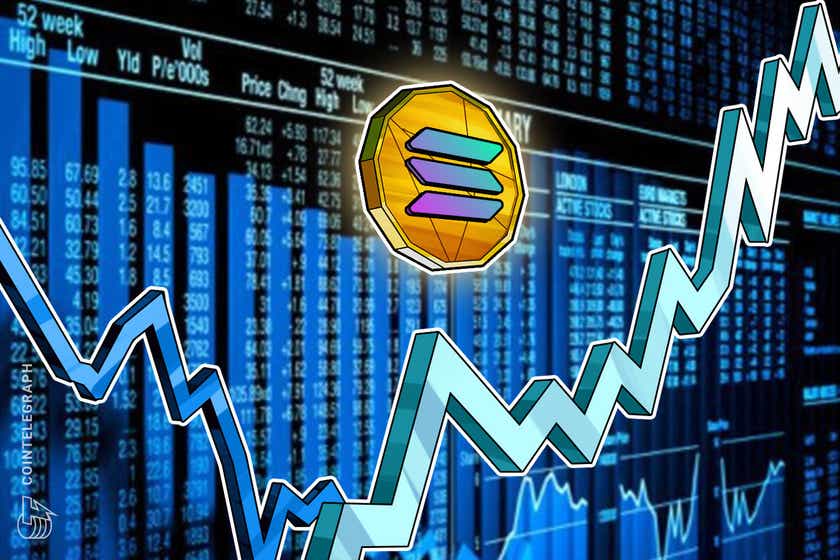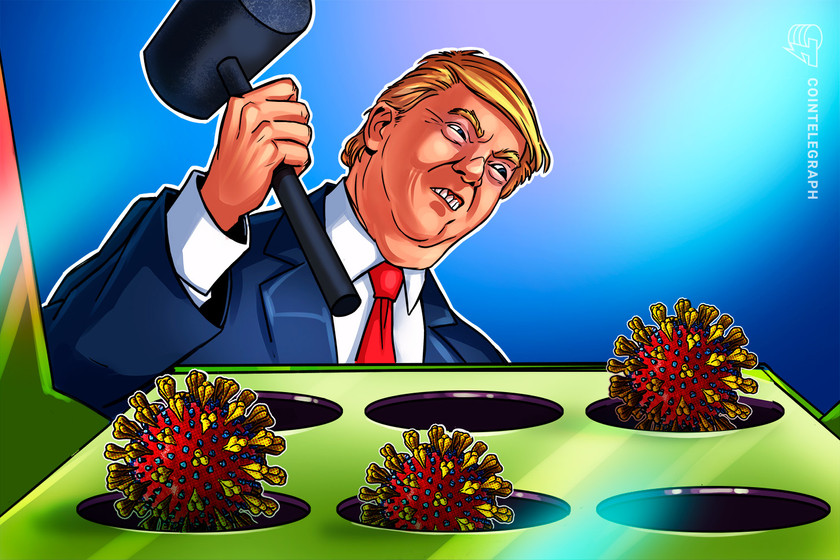Ethereum community adopts ERC-3643 as standard for compliant asset tokenization
The ERC-3643 Ethereum Improvement Proposal reached its final stage, emerging as a recognized standard for tokenizing real-world assets.
153 Total views
1 Total shares

The Ethereum community has officially signed off on the ERC-3643 Ethereum Improvement Proposal (EIP), establishing it as a recognized standard for compliant tokenization of real-world assets (RWAs).
According to a Dec. 15 announcement, the proposal reached its final status, meaning it has been formally reviewed, discussed, and agreed upon within the Ethereum community. That’s a similar process to the way ERC-20 and other popular standards were established in the past.
— ERC3643.org (@ERC3643Org) December 15, 2023
ERC-3643 is a standard for securities tokenization, RWAs, payment systems and loyalty programs. It verifies users’ eligibility for a token via a self-sovereign identity (SSI) framework, providing anonymous yet verifiable credentials, the association behind the proposal explained.
The approved standard, which was proposed in 2021, is built on top of ERC-20 and incorporates two distinct permission layers to enhance security and compliance.
The first layer focuses on the identity and eligibility of the transaction’s receiver, utilizing ERC 734/735 standards to verify if the necessary claims are present on the identity and are authenticated by trusted claim issuers. The second layer implements global restrictions on the token itself, such as limits on daily token volume and the maximum number of token holders, providing controlled and regulated token circulation.
Asset tokenization involves converting the value of a physical or digital asset into a digital token on a blockchain or distributed ledger. Possible benefits of asset tokenization include increased liquidity, faster settlements, transparency, and accessibility to various markets. Real-world applications include enabling fractional trading of real estate, art, financial assets and intellectual property.
Management consulting firm Roland Berger estimates that asset tokenization will grow to a market worth $10 trillion by 2030, a significant rise from the current value of around $300 billion.
Asset tokenization is being considered by a wide range of traditional and crypto-native firms as one of the main trends in finance. Notable companies exploring the technology include JPMorgan, Goldman Sachs and Société Générale. Data from VanEck Research shows the total market capitalization for RWAs reached $342 billion in September despite the crypto industry’s headwinds.
Magazine: Beyond crypto — Zero-knowledge proofs show potential from voting to finance







